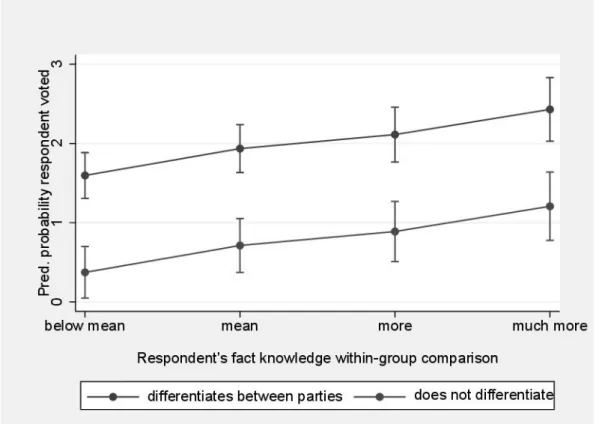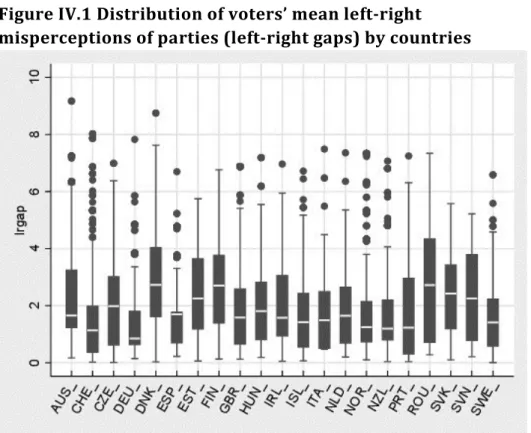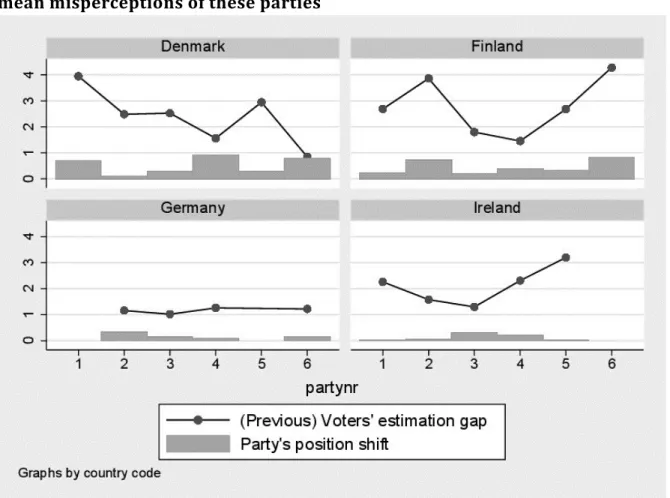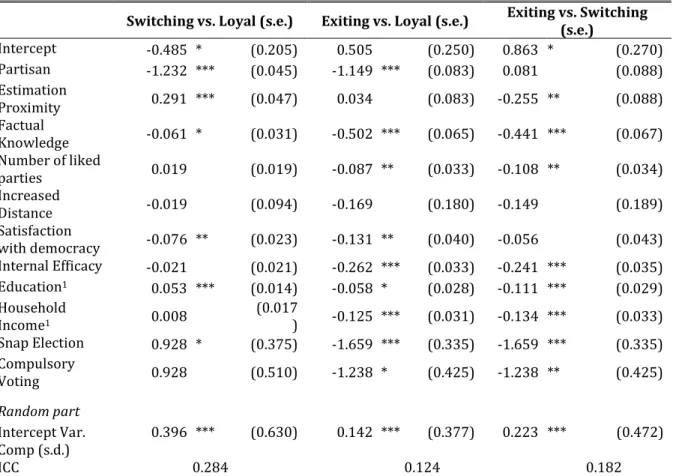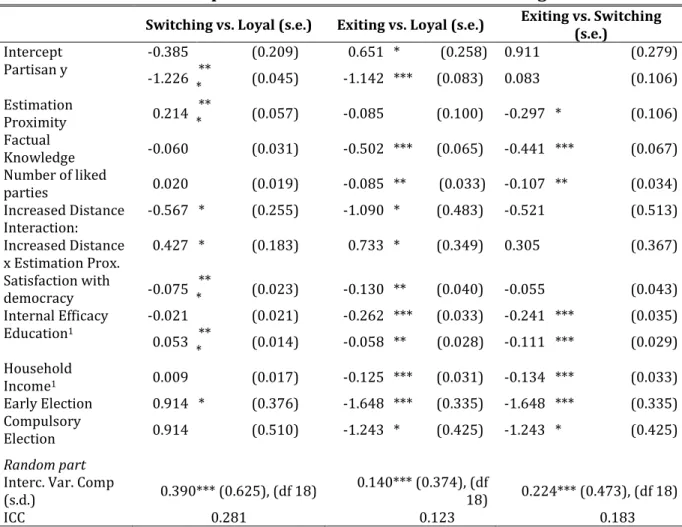N O S HORTCUT T O V OTING
Volltext
Abbildung

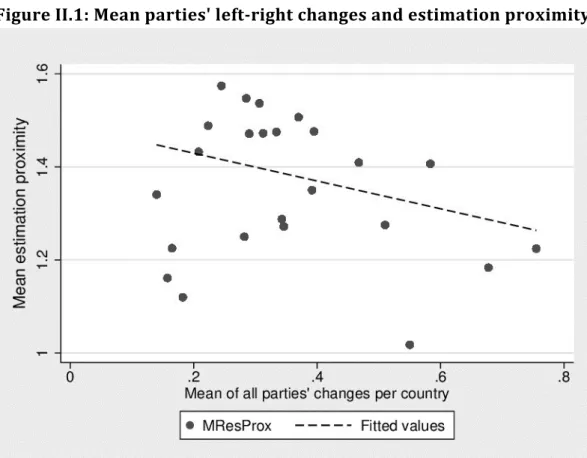
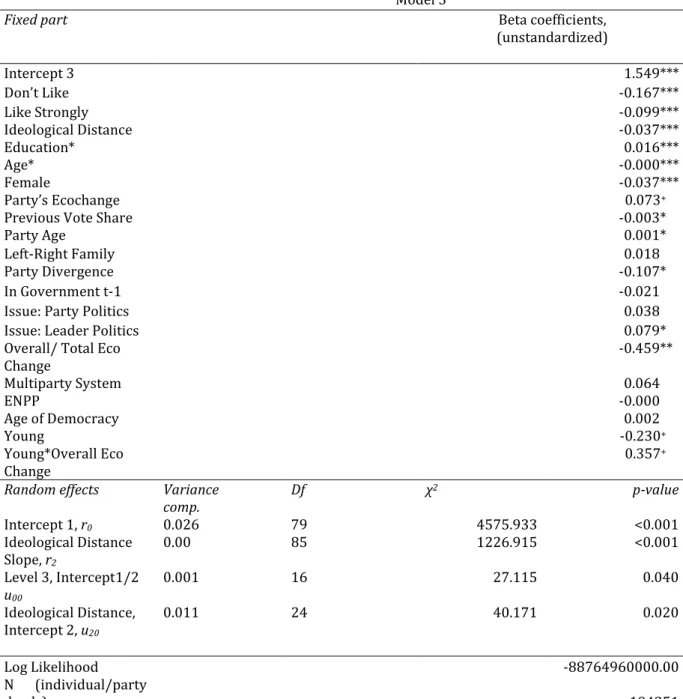
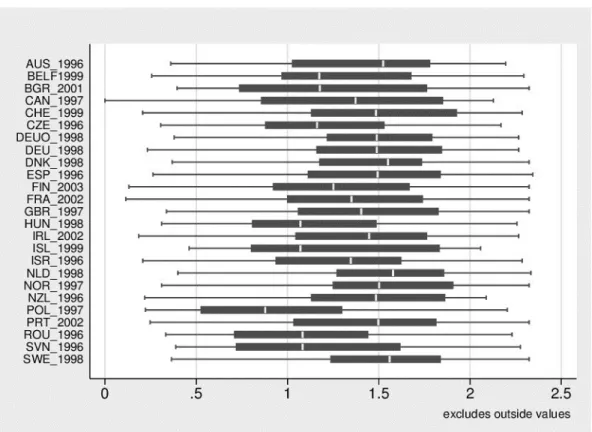
ÄHNLICHE DOKUMENTE
Assum- ing a reduction in the number of TB cases of 56% by implementation and following of a screening and preventive treatment strategy in HIV-infected patients, only 3 TB cases
[1] Beshay M, Kaiser H, Niedhart D, Reymond MA, Schmid RA. Emphysema and secondary pneumothorax in young adults smoking cannabis. Large lung bullae in marijuana smokers. Bong
After entering the first few letters, the system suggests suitable therapy types (physiotherapy, occupational therapy, etc.) to the patient (Figure 3) from a list of possible
Euro Bei Dauerversorgung, zentrale Bearbeitung
24 00 Uhr Trofaiach Mitternachtsmette (Mitg.: Sandra Hoffer (Sopran), Bernhard Reichenfelser (Flöte), Christoph Schranz
Die Legirungen der Griechen waren auf die Römer übergegangen, wie die bereits angeführten Münzen aus der altern Kaiserzeit Roms darthun, aber es ist
In studies about students’ conceptions about the electric circuit, von Rhöneck ( 1982 ) asks about the open switch voltage. The circuit con- sists of an open switch in series with
Wir möchten freundlich darauf hinweisen, dass in allen unseren Gerichten Spuren der 14 Hauptallergene enthalten sein können.. Sie finden dort ein vielfältiges Sortiment

